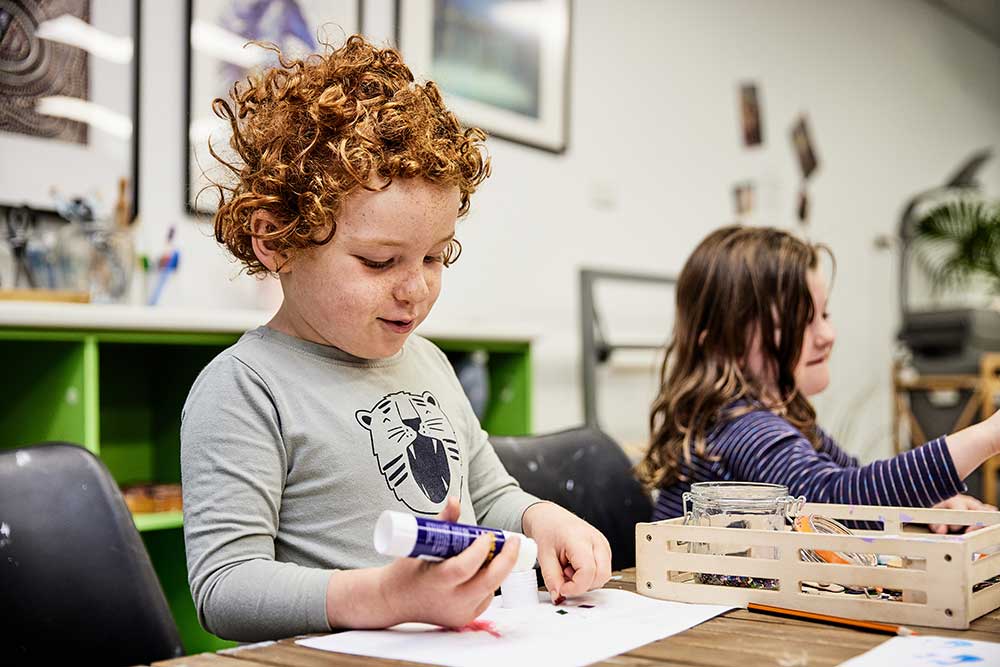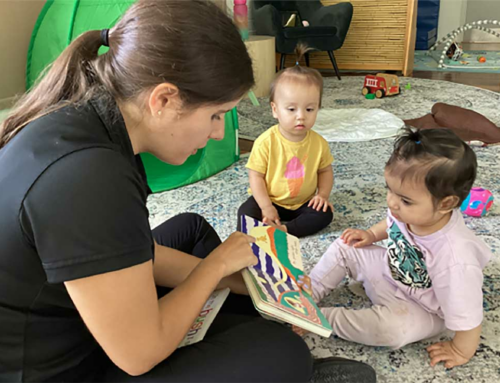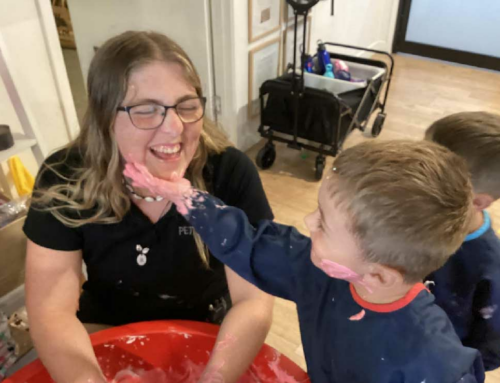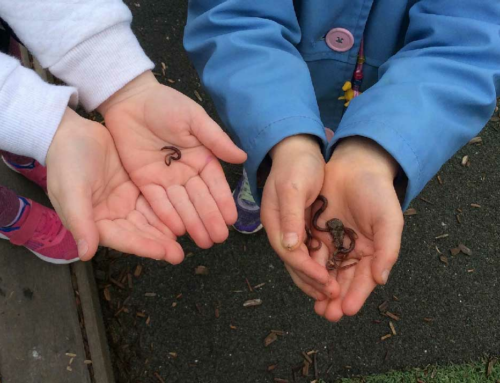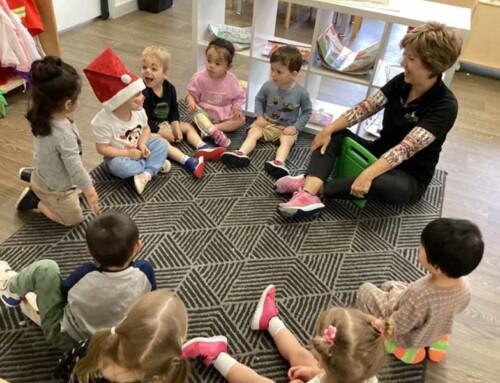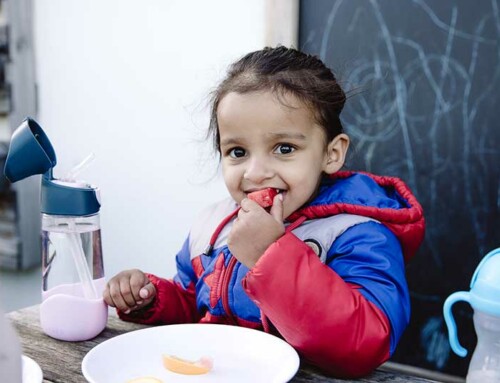Do you hoard greeting cards? Are there cards from Valentine’s Day, birthdays, festive seasons and happy holidays piling up in a cupboard? Some people find it easy to throw out cards and flowers, while others file them away.
Every year, countless cards and flower bouquets are exchanged on special occasions, only to end up in the trash shortly after. However, there are many different ways to give these sentimental gifts a second life and reduce waste.
Some families store cards in boxes and then pass them down to the next generation. Cards help celebrate religious and cultural events and can build connections with relatives and friends. They may even include other memories, letters and keepsakes.
Here are some ideas of what you can do with cards and flowers:
- Capturing memories and decluttering cards.
- Everything you need to know about recycling cards.
- 23 Creative ways to repurpose greeting cards and flowers.
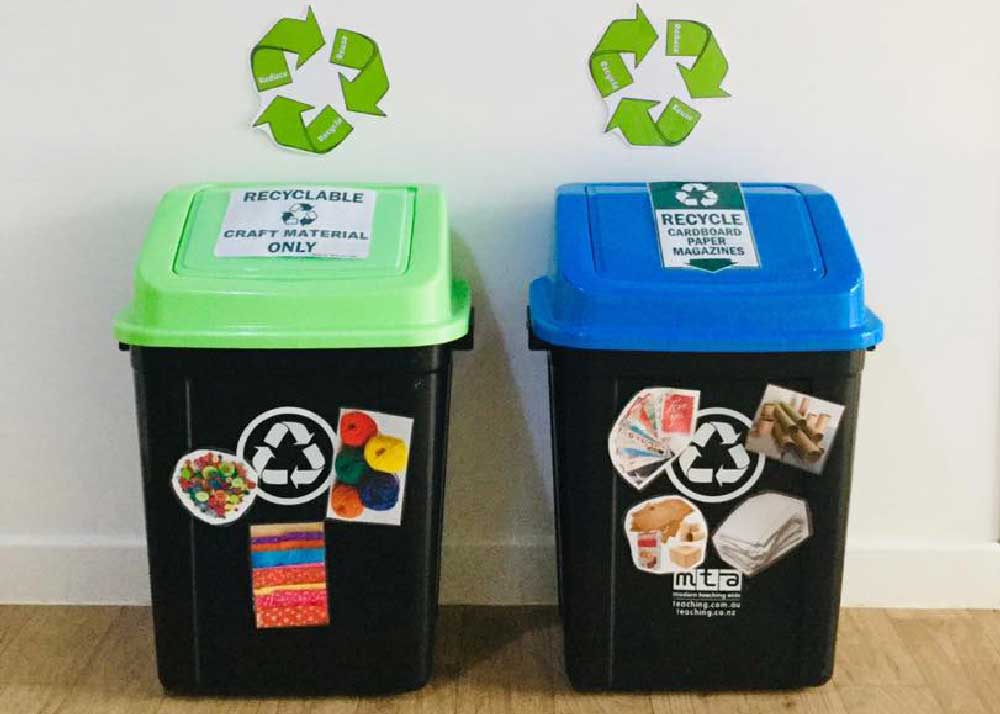
Capturing memories before you recycle cards
Unless you have a lot of space and storage at home, saving all your beloved greeting cards can take up an enormous amount of room. If you’re looking to declutter, here are some different options for you and your children to save on space:
- Keep only a few that have meaningful sentiments. Limit the amount you keep each year.
- Select a special gift card to be mounted, framed and hung up for all to see.
- Scan all the cards you usually keep and save them to disk before recycling or repurposing them.
- Press flowers in a book or for framing.
Everything you need to know about recycling cards
Recycling your greeting cards is a simple yet effective way to reduce waste and minimise the environmental impact. By choosing to recycle your cards, you are helping to divert them away from overflowing landfill sites, where they would take up unnecessary space and contribute to pollution.
Additionally, recycling cards helps to decrease the demand for materials such as paper and cardboard. It conserves natural resources and reduces energy consumption in the production process.
Recycling cards received for Valentine’s Day, birthdays, or any other special occasion doesn’t have to be a tedious chore. Many local councils provide convenient curbside recycling services for paper products, making it easy to toss your old paper cards into the recycling bin.
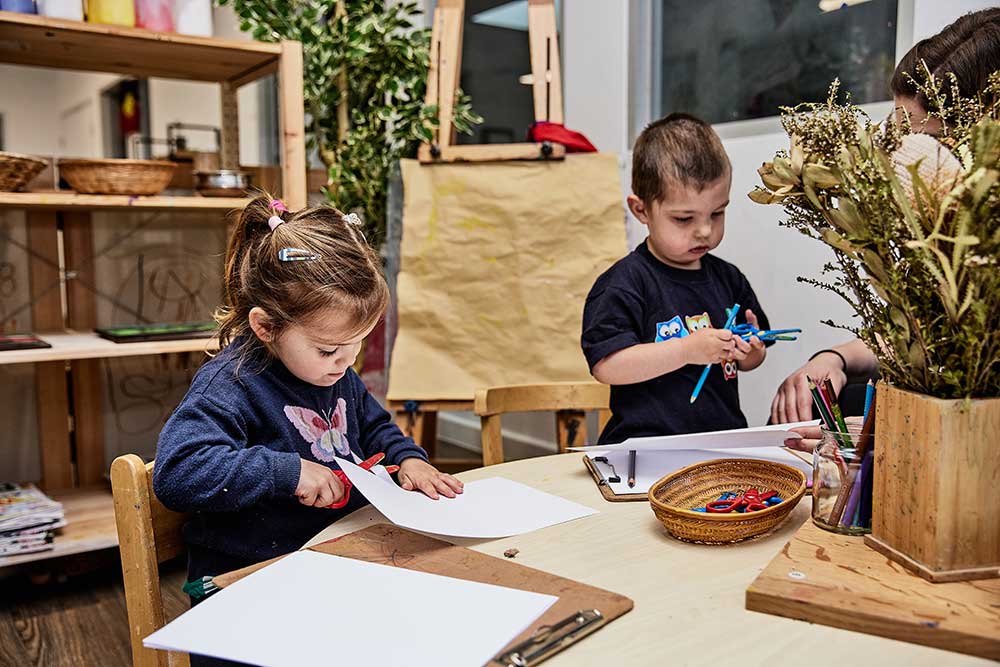
Which greeting cards can you recycle?
Paper-based festive and holiday cards and envelopes made from paper-based materials, such as paperboard, card stock, or recycled paper are generally recyclable.
To ensure the cards are recycled, everything but the paper must be removed. Remove all embellishments such as ribbons, foil, glitter, or other non-paper materials. Leaving these things on can contaminate the recycling process.
Even foil-lined envelopes are not recyclable. Some recycling programs will not accept glossy and laminated cards because the paper fibres are difficult to break down.
When recycling paper-based holiday cards and envelopes, check your local recycling guidelines to see if they accept cards in your area. Some cities may have specific rules for recycling paper products.
Musical greeting cards and battery recycling
Musical cards are a popular and fun way to let loved ones know you are thinking of them for special occasions. However, it is easy to overlook the hazard of small button-cell batteries contained in these cards.
We recommend calling a local designated household waste recycling centre to find out how to best dispose of musical greeting cards and their batteries.
Taking a few moments to prepare and recycle your greeting cards can help reduce waste, prevent harm and support sustainable practices in your community.
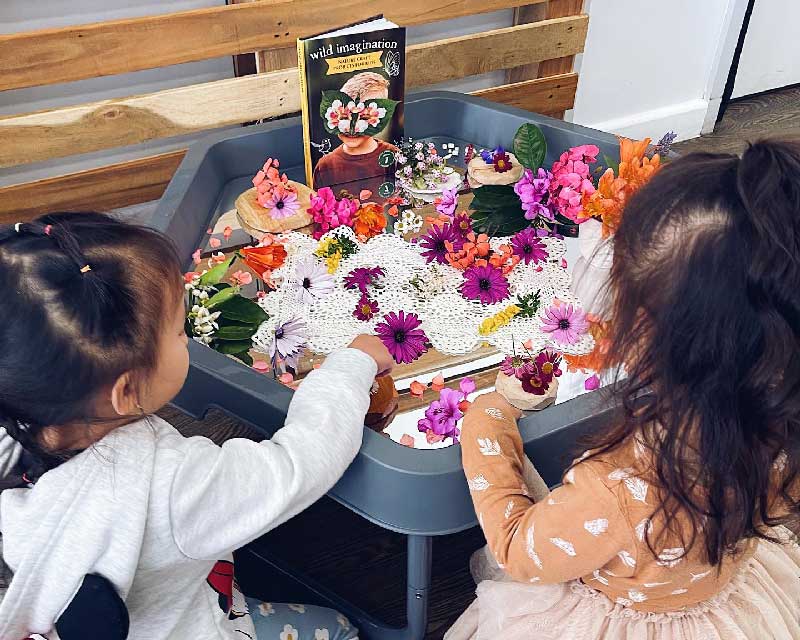
23 Creative ways to recycle your greeting cards and flowers inspire sustainability
There are numerous creative possibilities for reusing your paper greeting cards before recycling them. You can turn them into gift tags or use them to decorate children’s arts and crafts projects.
Millions worldwide celebrate special occasions like Valentine’s Day with cards and flowers, but many end up in the trash. Instead of tossing these well-meant gifts, consider repurposing. Here are 23 ways you and your children can give cards and flowers a second life:
1. Create a scrapbook: Use the cards and flowers to create a beautiful scrapbook filled with memories.
2. Press the flowers: Pressing flowers is an easy way to preserve them. You can then use them for various arts and crafts projects.
3. Make potpourri: Dry out the flowers and mix them with some environmentally-friendly essential oils to create a homemade potpourri.
4. Turn the cards into gift tags: Cut out designs, shapes or messages from the cards and use them as gift tags for future presents.
5. Create a collage: Use the cards and flowers to create a stunning collage that you can frame and hang on your wall. Cutting-out activities are great for building children’s fine motor skills.
6. Make bookmarks: Cut designs from the cards and laminate them to create unique bookmarks.
7. Sensory experience: For a sensory experience, add flowers to sensory tubs.
8. Make coasters: Cut out shapes from the cards and flowers and attach them to plain coasters for a personalised touch.
9. Create a memory box: Use the cards and flowers to create a special memory box filled with keepsakes from your special day.
10. Make a bouquet: Use the flowers to create a fresh bouquet to display in a small vase.
11. Create gift bags: Use the cards to create small gift bags for future presents.
12. Donate to a nursing home: To brighten someone else’s day, consider donating flowers and non-personalised cards to a nursing home.
More ways to reuse flowers and cards in children’s experiences
13. Turn into pretend play props: Use the cards and flowers as props for some fun impromptu roleplay.
14. Make a magical fairy wand: Add some flowers and cut-out paper shapes secured with twine to one end of a small branch and bind it together for a magical fairy wand.
15. Build a diorama: Select cut-out holiday card shapes of animals, people, words and other objects for a themed diorama.
16. Encourage confident learners: Cut out letters and words for children to use in literacy activities.
17. Store loose parts and recycled materials: Use the card’s cut-out shapes for art, such as a family portrait, or combine with homemade playdough.
18. Create a custom card: Reuse the card image, cut-out shapes and card decor to turn a blank card into a new homemade festive card or postcard.
19. Use flowers instead of paint brushes. Different flowers encourage direct brush strokes and colours.
20. Make wall designs: Combined cut-out shapes make excellent wall scenes that brighten up rooms.
21. Create a pack of playing cards: Collect similar shapes or designs from festive season cards. Glue these onto plain blank cards or paper to make playing cards for a game of Snap!
22. Wear flowers to dinner: Make a wreath or garland of flowers for everyone in the family. You can use the gifted flowers or cut-out paper card flower designs.
23. Use last year’s colourful cards to create and hang homemade festive season decorations.
Recycling holiday cards and flowers can reduce waste and create beautiful and meaningful experiences that you and your children can cherish for years. So, before throwing away those birthday cards and flowers, consider trying one of our creative ideas.
By proactively recycling paper and repurposing your cards, you can make a positive difference for the planet while enjoying a fun and budget-friendly activity with loved ones.
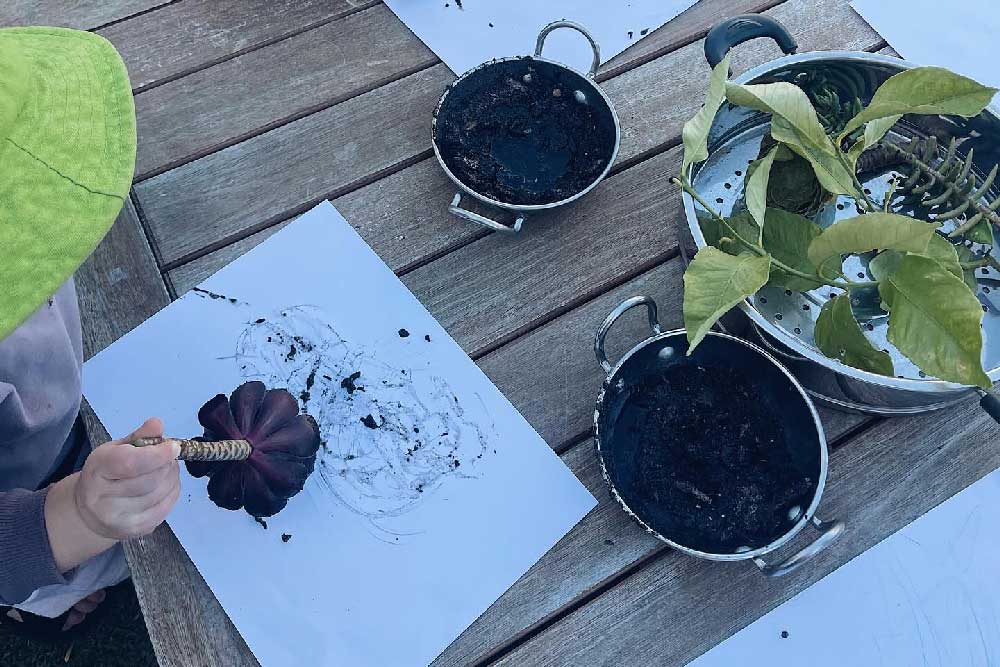
Give your child a sustainable future with Petit Early Learning Journey
At Petit ELJ we’re passionate about reducing, reusing and recycling. Our qualified educators are dedicated to progressing sustainability within their studios. They encourage and support children to become environmentally responsibile.
We provide a child-led holistic approach to learning. Children are given the choice to engage in opportunities and experiences that explore open-ended play and inspire their creativity. To discover more about our curriculum and learning programs, contact your nearest centre.
